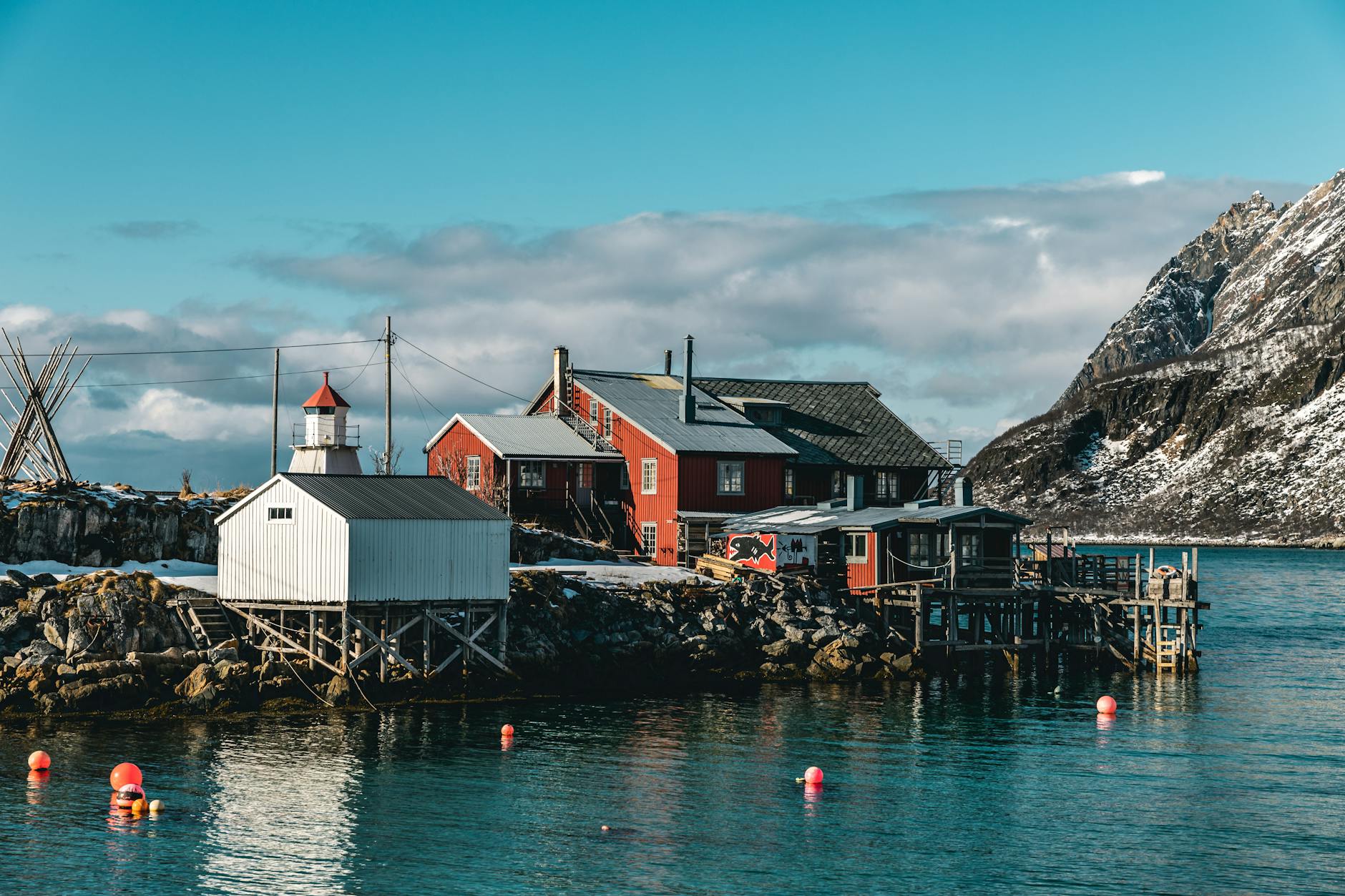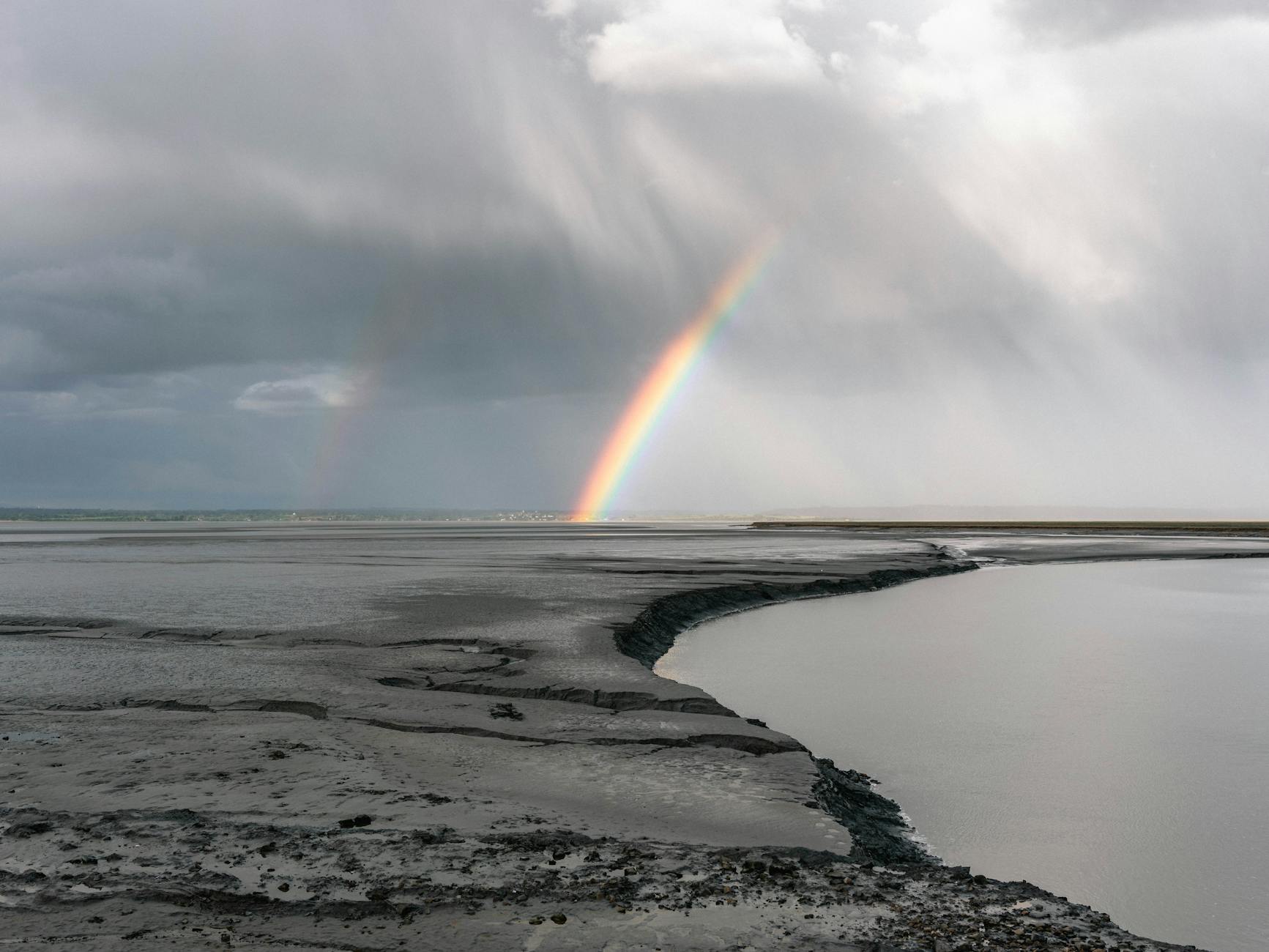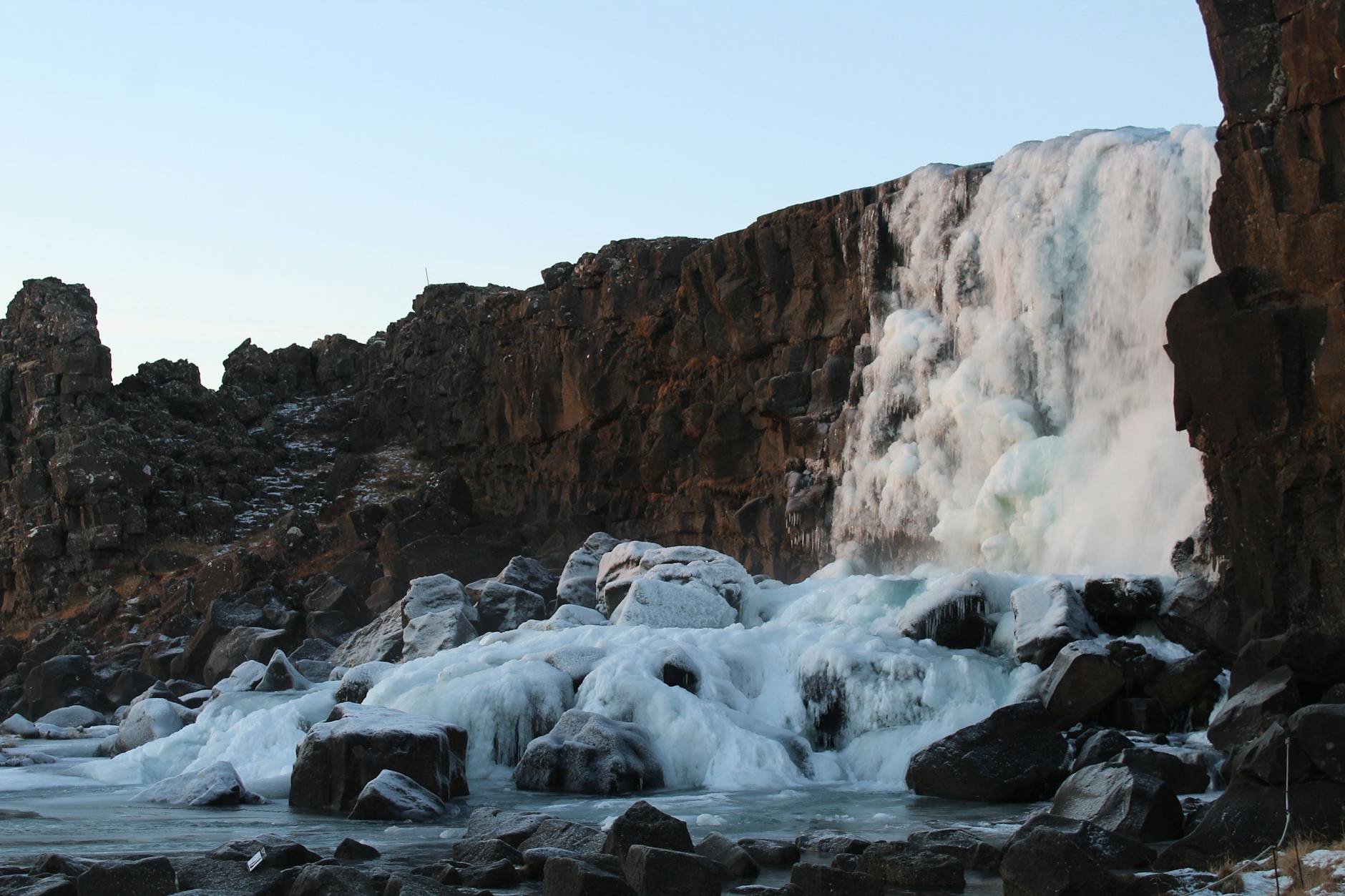Can Antarctica Inspire New Conservation Efforts in Australia?

Antarctic Ecosystem and Conservation
Unique Features of Antarctica
Antarctica, a colossal icy continent, is a pristine environment teeming with unique features that captivate researchers and thrill-seekers alike. Its massive ice sheets, which contain about 70% of the world's freshwater, are home to a diverse range of wildlife adapted to the extreme cold. From Emperor penguins to the delicate yet hardy krill, life here has evolved in fascinating ways. At the University of Melbourne's School of Earth Sciences, we interpret how these adaptations reflect the broader ecological dynamics of polar regions.
This frigid expanse offers unparalleled opportunities for South America tours targeting ecological enthusiasts, drawing attention to the critical connections between polar and South American ecosystems. Moreover, its stable ice shelves play a pivotal role in regulating the global climate by reflecting sunlight. This makes Antarctica essential for understanding climate change.
In collaboration with institutions like the Royal Botanic Gardens Victoria, we aim to study and preserve these features. Antarctica's pristine condition allows us to peer into earth's past climates by analyzing ice cores, presenting an invaluable archive for researchers around the globe. This data provides educational insights into the processes driving climate change. Exploring these features empowers us to advocate for robust conservation policies, ensuring the longevity of this ice-capped wonder.
Australia's Conservation Landscape
Biodiverse Regions at Risk
Australia's vast and varied landscapes house some of the most biodiverse regions in the world. However, these regions face numerous threats that researchers and environmentalists are striving to mitigate. As we traverse this conservation landscape, we find that areas such as the Great Barrier Reef and the Daintree Rainforest confront the effects of climate change head-on. The integrity of these ecosystems is compromised by rising temperatures, habitat loss, and invasive species, highlighting the need for urgent interventions. Educational insights from places like The University of Melbourne's School of Earth Sciences can be instrumental in understanding these intricate dynamics and developing robust conservation strategies.
Current Challenges and Initiatives
While Australia's ecological richness is undeniable, it is not without its challenges. The country grapples with climate-induced shifts that threaten native flora and fauna. Policy shifts are necessary to address land degradation and water scarcity, and biosecurity measures must be heightened to curb invasive species. Initiatives such as community-led conservation projects at the CERES Community Environment Park demonstrate the power of grassroots movements in driving change. These local actions, though small in scale, have significant impacts when combined with regional and national efforts.
Policies Shaping Conservation
Policies play a crucial role in shaping conservation outcomes across Australia. Both federal and state policies are pivoting toward a more sustainable future, emphasising the preservation of biodiversity and the implementation of green technologies. Current legislation addresses crucial issues such as land use and climate action, but continuous refinement and enforcement are needed to stay ahead of emerging challenges. As conservation techniques evolve, learning from successful strategies like those employed in South American tours can offer additional pathways for adaptation and policy innovation within Australia's biodiversity framework.
Lessons from Antarctic Efforts
Innovations in Conservation Tactics
Antarctica serves as a focal point for numerous breakthrough conservation strategies, which offer valuable educational insights. Its unique ecosystem has spurred innovations that address biodiversity and climate challenges effectively. For instance, scientific communities have utilised remote sensing technologies to monitor ice sheet dynamics and marine life in ways that enhance ecological understanding. These technologies, rooted in precise data collection, allow researchers to study habitat changes with minimal disruption to the environment. In referencing these advancements, it's crucial to connect them to experiences at Melbourne's own CERES Community Environment Park, where similar cutting-edge techniques could be adapted for local conservation efforts.
Collaborative International Efforts
Antarctic conservation hinges on a strong foundation of international collaboration, a model that speaks volumes for fostering comprehensive solutions. Multi-national research teams actively work under protocols that ensure environmental and scientific integrity. This collaborative spirit is akin to the methodology adopted by The University of Melbourne's School of Earth Sciences, where academic partnerships enhance the understanding of climate phenomena. Drawing parallels to these cooperative global networks enriches our local conservation strategies and opens doors for broader environmental dialogues.
Success Stories and Failures
Examining conservation triumphs and missteps in Antarctica yields a trove of lessons. Highlighting success stories, such as the recovery of certain seal populations, underscores the efficacy of evidence-based approaches. Conversely, considering failures, like the challenges in protecting krill populations, provides crucial insights into the complexities of conserving marine ecosystems. These perspectives not only inform local initiatives but can also enhance South Africa tours by integrating successful conservation models that emphasise engaging educational experiences.
Implementing Antarctica's Strategies in Australia
Adapting Techniques to Local Needs
As an environmental educator, I am inspired by innovative conservation techniques developed through Antarctica cruises. These experiences reveal strategies that we can adapt to Australia's unique ecological challenges. For instance, the involvement of robust scientific monitoring systems allows us to track changes in biodiversity and environmental health effectively. Applying these techniques locally, we can enhance Australia's conservation efforts.
Driving Policy Change
Navigating the complexities of policy change requires a collaborative effort, drawing from both Antarctic experiences and local Australian contexts. I believe that engaging with policymakers and researchers can lead to actionable insights. Through data-driven discussions held in educational hubs like The University of Melbourne’s School of Earth Sciences, we can advocate for progressive legislation that mirrors the successful approaches seen in Antarctica.
Building Public Engagement
Public engagement is crucial for the success of conservation initiatives. Like the interactive programs at CERES Community Environment Park, creating hands-on educational opportunities can build a more informed and active community. These programs should aim to empower individuals with the knowledge they need to participate actively in sustainable practices, ensuring that the momentum for conservation extends from academic circles to the broader public arena.
Overcoming Common Challenges in Conservation
Navigating Policy and Bureaucracy
Addressing policy and bureaucracy hurdles is crucial for advancing conservation efforts both in Antarctica and here in Australia. Many of you at The University of Melbourne's School of Earth Sciences may already be aware that government regulations often complicate the process. The conservation of Antarctic marine life has taught us that working closely with policymakers to simplify procedures and integrate scientific insights is essential.
Securing Funding and Resources
Funding and resource limitations pose significant challenges to effective conservation. Collaborating with organisations like CERES Community Environment Park can inspire local solutions. By fostering partnerships between educational institutions and environmental groups, we can implement innovative funding strategies, such as community-supported initiatives or grants that stimulate involvement and action.
Addressing Climate and Environmental Unpredictability
Our ability to address climate and environmental unpredictability requires adaptive and flexible approaches. Leveraging lessons from Antarctica, such as predictive modelling and climate-resistant technologies, can be instrumental. The Royal Botanic Gardens Victoria offers a valuable model for integrating research in native species' resilience. These strategies, when combined with localised data and experience, prove invaluable for protecting Australia's unique biodiversity.
By overcoming these barriers, we equip ourselves with the tools for more effective conservation. Institutions like The University of Melbourne play a pivotal role in driving innovation, ensuring that our efforts echo across ecosystems both here and abroad.


